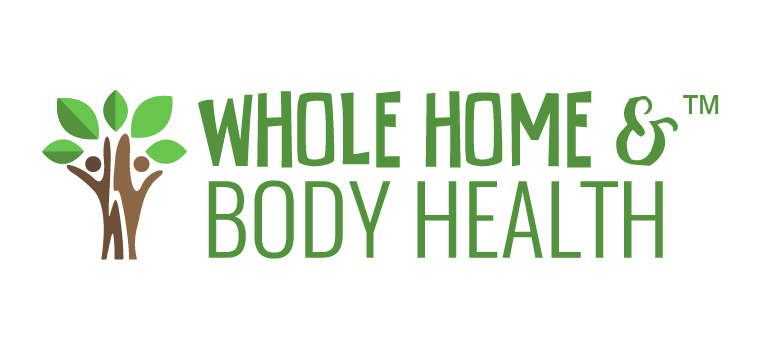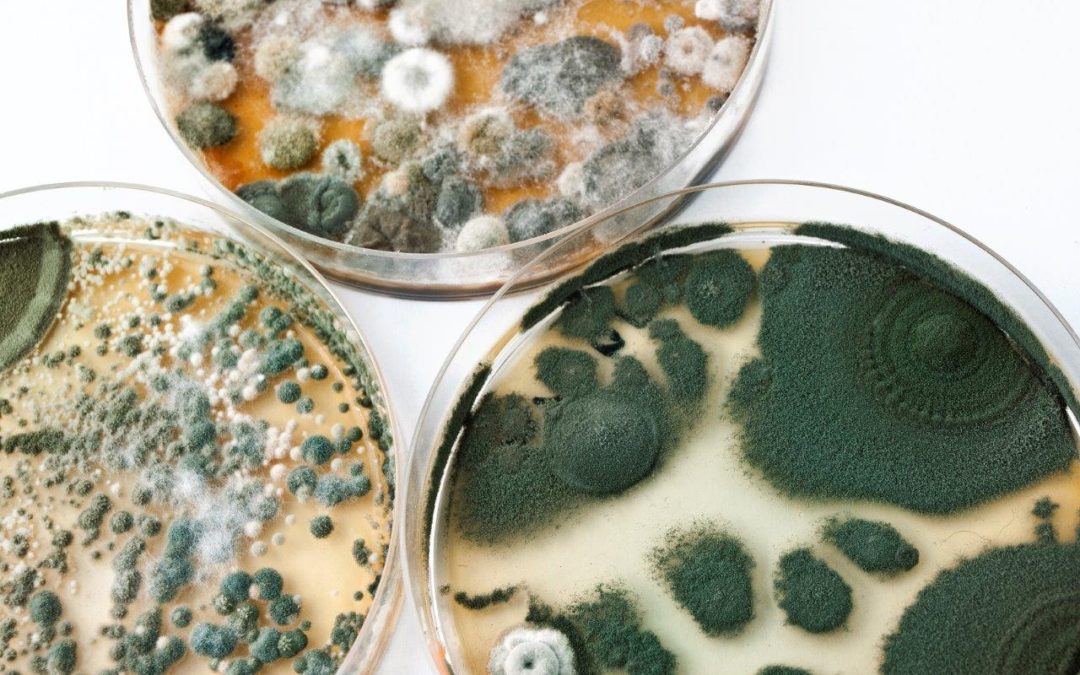As a Board Certified Nutritionist, I have seen first hand how devastating mold illness can be. You’re regular Medical Doctor will not know anything about it, and certainly won’t run any labs for it when you come in to the office complaining of ‘mysterious’ symptoms like fatigue, weakness, tremors, insomnia, weight loss or weight gain, food intolerances, allergies, brain fog, depression, anxiety etc.
I’ve seen this scenario play out way too many times. The doctor will run the standard labs, declare you perfectly healthy, then recommend an antidepressant because ‘It’s all in your head” and refer you to a psychologist.
This is beyond frustrating, and border-line criminal if you ask me. I have seen these patients go on to suffer needlessly for years, decades, and even the rest of their lives without ever identifying the real cause of their health issues: mold.
Mold is nature’s great recycler. It serves a critical function in breaking down organic material, releasing the nutrients for the surrounding soil, bugs, plant life, etc. It’s the circle of life. In a natural environment there is mold everywhere, but nature contains it to an appropriate level, and you’d rarely ever see an overgrowth of mold in a natural setting. But the problem with our modern lifestyles is that we create the perfect environment for mold to grow out of control, and when a sensitive person is exposed to such a large amount at one time, it can literally grow inside their body. There, mold will do what mold does- break things down. The body then gets a massive inflammatory and immune response, and well, you feel like you’re dying.
So let’s not let that happen. Let’s think about a few easy ways we can keep our living spaces clean, dry, and free of such growth.
First things first- you must have water for mold to grow. No water, no mold. So the biggest thing we need to consider in our homes is how to keep the surfaces dry. Obviously we want our plumbing to be up to code and have no leaks or opportunities for a burst pipe. This is not part of the ‘easy’ tips, but you must ensure your plumbing is sound to prevent any water damage. Hopefully you had a good quality inspection when you bought your house, and the plumbing looked to be in good shape. If not, maybe you need to find a trusted plumber to assess your home and make sure everything is looking good.
Once that is done- the rest is up to you. Some tips to keep in mind to keep your home dry and mold free:
1. Use the bathroom fans in the bathroom when you shower or bathe. That’s what they’re for! I can’t believe how many people I know that never turn on their bathroom fans. An average shower can release several pounds of moisture into your bathroom. Where does that moisture go? The only place it can- into the walls. Do your walls a favor and turn on the fan to help a lot of that moisture escape to the outdoors instead. No fan in the bathroom? Consider getting one installed- it could save you a whole lot of heartache down the road.
2. Use the hood over your stove when cooking. Same idea as above. While you might not think of moisture content in relation to cooking- think about that pasta you boiled for dinner last night. (and if you’re still eating pasta, please contact me for a nutrition consult!) Your releasing many more pounds of moisture into the air from cooking three times a day; much more than your shower. And if right now you’re thinking, ‘Oh but I don’t cook 3 times a day, not even close’, then seriously, call me for a nutrition consult!. A hood or vent above your stove is designed to bring this air and moisture generated from cooking and funnel it outside. Remember to turn it on. If you don’t have a hood- think about getting one installed if you can.
3. Open windows. From an Air Quality perspective, this is the answer to so many of our problems. Adequate ventilation is crucial for healthy indoor air. There are so many reasons to open your windows and bring fresh air into the house, so if you don’t do it for another reason, do it for the sake of mold. Keep windows open as much as possible.
4. Use a dehumidifier if needed. If you live in a humid location (say Portland or Seattle), and/or you have a basement, consider purchasing a dehumidifier and running it as much as needed to keep the humidity in a safe range. Building Biologists’ recommend humidity levels between roughly 40-60%. You can buy inexpensive humidity readers at any hardware store.
5. Don’t plant foliage right next to the house. We recommend about 2-3 feet minimum from the walls of the house to where you plant a tree or plants. Unless you intend not to water your foliage, which I don’t think you do, you want them away from walls. Along these same lines, don’t let your sprinkler system hit the walls of your house. In other words- water your plants, not your house.
6. Make sure there are no cracks or openings anywhere on the outside or inside of the home. If you find one, seal it up. If there is loose grout in your shower, seal it up. You don’t want any areas that water can get into spaces behind the walls. Mold will love this dark, damp space to flourish.
And there you have it, 6 tips you should be utilizing immediately. In a perfect world, your house would be made out of earthen materials that allow proper air flow in and out of the walls, virtually eliminating concerns for mold growth. Sadly, most of us don’t build our homes in this fashion anymore, but if you’re game, I would highly suggest looking into these methods: this is a good place to start. Natural building materials are healthier for a myriad of reasons, and they last for generations.
In the unfortunate circumstance you do have a water leak or a moisture intrusion of some kind into your home or work space, dry it out immediately. Mold can take hold in 24 hours. Call a remediation expert in your area right now, stop reading this. Get them to dry out your structure immediately. If you’re uncertain about your home and suspect you may have moisture somewhere, but you can’t identify where; or if you suspect you have mold somewhere in the house, call us or another Building Biologist to come and do an assessment. If you have a situation, they can help you identify it and make recommendations on remediation. If you don’t have a situation, peace of mind is priceless. Find a certified expert here.


Cathy Cooke, BCHN, BBEC Holistic Nutritionist and Building Biologist is the founder of Whole Home and Body Health which provides EMF Assessments, Mold Testing, and Nutrition and Health Consulting located in Boise, Idaho. Cathy is available for consulting via skype and phone, and is also willing to travel as needed for home assessments. Schedule an appointment today!


Recent Comments